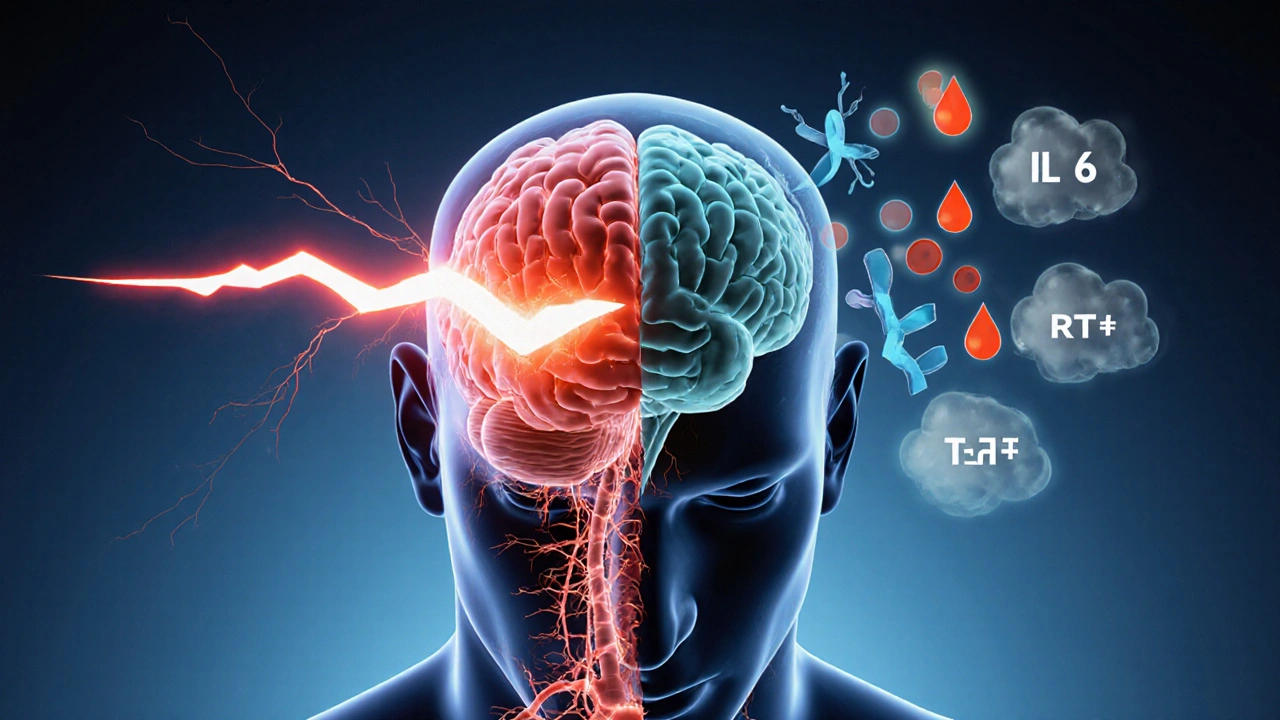Chronic Pain: Practical Ways to Reduce Pain & Find Safe Treatments
About 1 in 5 adults live with chronic pain. If you’re one of them, you don’t need platitudes — you need clear steps you can try today and a safer path to longer-term relief.
Start with a short pain diary. Note what makes pain worse, what helps, sleep quality, and activity level. Tracking gives you clues fast. It also makes conversations with your doctor more useful. Bring the diary to appointments so you both focus on what actually changes your pain.
Small daily moves matter. Gentle walking, swimming, or a short yoga routine three times a week keeps joints and muscles flexible. Pacing helps: break tasks into 10–20 minute chunks and rest before pain spikes. Sleep hygiene is huge — try a consistent bedtime, reduce screens an hour before bed, and keep your bedroom cool and dark.
Medications and procedures — what to expect
Over-the-counter options like ibuprofen or naproxen can handle flare-ups, but they’re not a long-term fix for all conditions. Topical NSAIDs or lidocaine patches target local pain with fewer whole-body effects. For nerve-related pain, doctors often consider gabapentin or other neuropathic agents; those need medical oversight for dosing and side effects.
When pain resists pills and movement, injections and nerve blocks can help. For example, people with trigeminal neuralgia or certain joint issues sometimes get nerve blocks that reduce pain for months. These procedures aren’t magic, but they can reset pain signals and give breathing room for rehab. Read our piece on nerve blocks and injections to see how they work and who benefits.
Supplements, tools, and safe buying
Supplements like glucosamine hydrochloride help some people with joint pain. If you try supplements, choose recognized brands, check ingredient lists, and give any change at least 6–8 weeks before judging results. Use simple tools too: heat for stiff muscles, cold for sharp inflammation, and supportive braces or ergonomic changes at work.
If you need prescription meds, buy them safely. Use pharmacies that require a valid prescription, show clear contact details, and have verifiable reviews. Avoid sites offering prescription drugs without asking for a doctor’s note. We review online pharmacies and buying tips on Safe-Pills.com — check reviews like our kits4less and eskincarestore articles before you order.
Seek immediate help if pain comes with fever, sudden weakness, loss of bladder or bowel control, or a new severe headache. For ongoing pain, pair medical treatment with active rehab — physical therapy, pain psychology, or occupational therapy often makes medical treatments work better.
Want focused reads? Check our chronic pain posts on nerve blocks, glucosamine for joint pain, and practical guides to managing long-term symptoms. Use the tag list below to find clear, no-nonsense articles that help you act, not just read.

How Chronic Pain Triggers Depression Symptoms: The Full Connection
Explore how chronic pain and depression intertwine, their shared biology, and practical steps to treat both for better health.
View More
7 Alternatives in 2025 to Duloxetine: What Works, What Doesn’t
Looking for Duloxetine alternatives in 2025? This article lays out clear, no-nonsense details about other medications you can consider. We break down the pros and cons of each, help you compare side effects, and share relevant facts so you can make better choices with your doctor. Expect honest talk and up-to-date info that connects the dots between real-life use and medical advice. Whether you’re dealing with chronic pain, depression, or both, these options may fit your needs.
View More